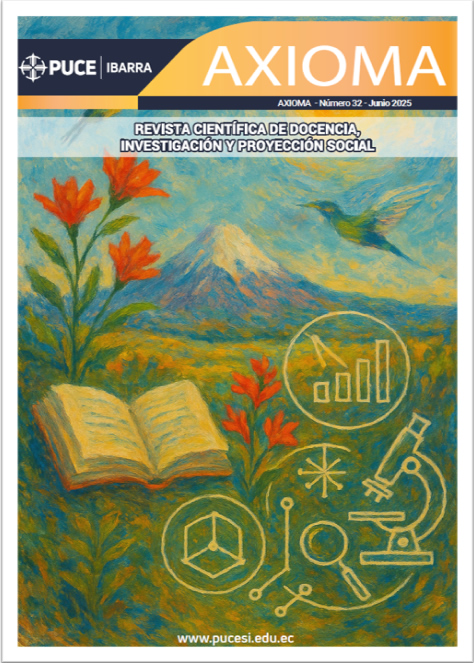El simbolismo cultural de las marcas de textiles y su relación con la conexión marca-yo en la provincia de Imbabura
Main Article Content
Abstract
A brand transcends its commercial function and becomes a cultural symbol, reflecting the values, traditions, and identity of the community. In this sense, this article is part of the research project “Consumer-brand relations in Zone I of Ecuador” by the Carchi State Polytechnic University. Its objective is to analyze the cultural symbolism of brands in the textile sector and their relationship with the brand-self connection in the province of Imbabura, taking the brand “Andino Artesanías” as its object of study. The methodological approach applied was quantitative, exploratory, descriptive, and correlational. The research technique was a structured survey using a Likert scale, which was applied to 384 consumers of the brand. The results show a positive correlation of R=0.579, demonstrating that consumers identify with a brand when it connects with symbols representative of a locality, i.e., the brand goes beyond offering a simple product and becomes a cultural symbol that reinforces consumers' sense of belonging. It is concluded that, according to consumer perception, the textile brand “Andino Artesanías” moderately incorporates cultural symbols that strengthen ties with the values and traditions of the province of Imbabura, thereby promoting consumer loyalty.
Downloads
Article Details

This work is licensed under a Creative Commons Attribution-NonCommercial-ShareAlike 4.0 International License.
Con la finalidad de contar con un tipo de licencia más abierta en el espectro que ofrece Creative Commons, a partir de diciembre de 2022 desde el número 27, AXIOMA asume la Licencia Creative Commons 4.0 de Reconocimiento-NoComercial-CompartirIgual 4.0(CC BY-NC-SA 4.0). Tanto el sitio web como los artículos en sus diferentes formatos, reflejan esta información.
![]()
Hasta el mes de noviembre de 2022 con el número 26, la revista AXIOMA asumió una Licencia Creative Commons Atribución-NoComercial-SinDerivadas 4.0 Internacional (CC BY-NC-ND 4.0). Los artículos contenidos en cada número hasta el 26, cuentan con esta licencia y su descripción se conserva en el portal de nuestra revista.
Atribución-NoComercial-SinDerivadas
CC BY-NC-ND
AXIOMA- Revista Científica de Investigación, Docencia y Proyección Social
References
(Keller, 2008)
(Escalas y Bettman, 2005)
(Swann, 2012)
(Benítez, 2022)
(Baumeister y Leary, 1995)
(Valenzuela, 2020)
Cogollo et al. (2015)
(Gallart-Camahort et al. 2019)
(Kotler y Armstrong, 2018)
Fuel y Rodríguez , 2025)
(Gutiérrez et al. 2024)
Torelli y Stoner, 2015)
Aaker (2012)
(Arias, 2012)
(Hernández et al. 2014)
(SuperCias, 2024)
Sheen y Arbaiza (2020)
Jiménez y Gervilla (2021)
Kotler y Keller (2020)
(Holt, 2004)
Cisneros (1988)
(Santamaría, 2014)
(Ramsey, 2024)
Montañez y Palma (2024)
(Gómez et al. 2017)
(Riveros, 2021)
(Fournier, 1998)
Ortiz et al. (2021)
Keller (2013)

